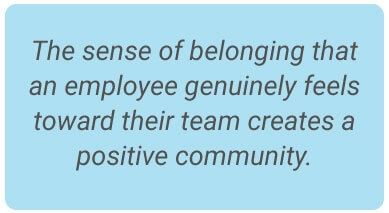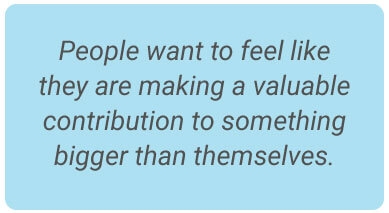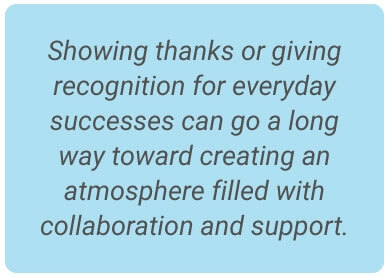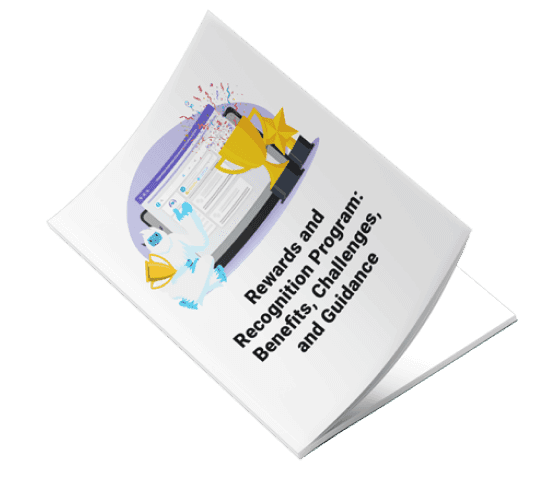
17 Tips to Build a Community at Work
February 16, 2023
|
Erika Rahman
17 Tips to Build a Community at Work
Invite Your Team to Lunch-and-Learn Together
Host Regular All-Hands Meetings
Create a Culture of Inclusion and Mutual Respect

Improve Team Bonding
Volunteer for a Cause Together
Combine Diversity of Thought With Unity of Purpose

Appreciate Everyone

Properly Recognize Individual Achievements
Practice Vulnerability
Encourage Team Members to Help Each Other Rest
Drive More Employee Referrals
Get a Little Personal
Nurture a Shared Purpose
Celebrate Every Win Together
Don't Force It
Gather Outside of Work
Implement Pulse Surveys
About the Author

Erika Rahman is a Product Marketing and Content Specialist at Motivosity. She studied marketing and business management at Utah Valley University. Erika has a broad background—from optometry to trade school administration—giving her a love and understanding for people across industries. She grew up in Northern California and Colorado, and currently calls the Utah slopes home.
Learn More
Learn More






